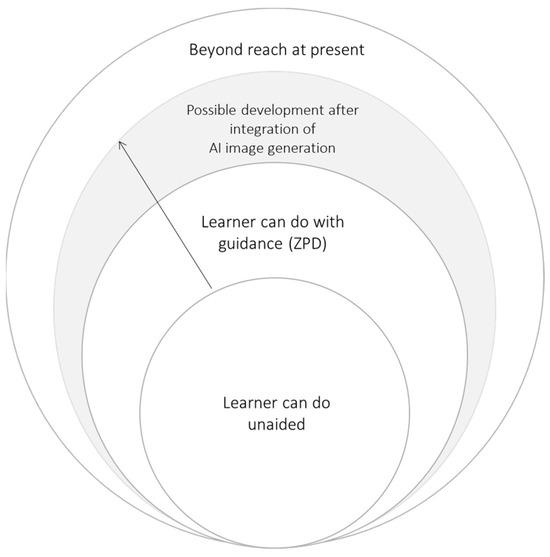How Big data is Revolutionizing Educational Strategies: Insights & Impacts
In recent years, big data has emerged as a game-changer in many sectors, and educational strategies are no exception. The explosive growth of data and innovative analytics tools is leading to a profound transformation in teaching, learning, and governance. But how exactly is big data revolutionizing education? What benefits does it offer, and what real-world impacts are educators seeing? In this in-depth article, we’ll unravel the ways big data is reshaping education, highlight key insights and provide practical tips for implementation.
What is Big Data in Education?
Before diving into its impacts, it’s important to understand what big data in education means. In essence,big data refers to the massive volumes of structured and unstructured information generated by educational tools,learning management systems,student interactions,assessments,and even social media activity related to learning. With advanced analytics, artificial intelligence, and machine learning, these data sets provide rich insights that inform decision-making at every level.
Key Big Data Sources in Education:
- Student performance and assessment records
- Learning Management Systems (LMS) data
- User interaction logs from e-learning platforms
- Attendance, behavior, and engagement metrics
- Surveys and feedback forms
- Social media and discussion forum data
Top 6 ways Big Data is Transforming Educational Strategies
-
Personalized Learning Paths
With big data analytics, educators can tailor teaching plans to accommodate individual student learning styles and needs. Algorithms analyze performance, engagement, and preferences to recommend customized resources and activities.Personalized approaches boost retention,motivation,and academic achievement.
-
Predictive Analytics for Student Success
using past and real-time data, schools and universities can identify students at risk of dropping out or underperforming. Interventions—such as targeted support or mentoring programs—can then be provided proactively, improving outcomes and retention rates.
-
Data-Driven Curriculum Advancement
Regular analysis of aggregate data allows institutions to refine curricula based on what’s working and what’s not. This continuous feedback loop ensures that educational content remains relevant and effective.
-
Improved Administrative Efficiency
from admissions to resource allocation, big data helps optimize processes and reduce operational costs. Admissions teams can predict enrollment trends, while facilities managers can allocate resources more efficiently.
-
Enhanced Assessment Methods
Conventional assessments are evolving thanks to data analytics.Adaptive testing and formative assessments provide real-time insights, enabling educators to adjust instruction dynamically.
-
Better Student Engagement Strategies
Engagement metrics (like online activity, participation, or even emotion analysis) help teachers identify disengaged students early.Tailored interventions can then be implemented,promoting inclusivity and student well-being.
Benefits of Leveraging Big Data in Educational strategies
- Enhanced Learning Outcomes: Tailored content and interventions boost student performance and satisfaction.
- informed Decision-Making: Leaders and educators can base their choices on hard evidence rather than guesswork.
- increased Operational Efficiency: Automated processes and data-driven predictions save time and money.
- Scalable Solutions: Educational technology powered by big data scales readily across multiple classes, schools, or districts.
- Real-Time Feedback: Immediate insights help teachers stay agile and responsive to student needs.
Potential Challenges to Consider
While the advantages are meaningful, educational institutions should address several challenges:
- Data Privacy: Safeguarding student data is paramount. Adhering to regulations like FERPA and GDPR is essential.
- technology Integration: Merging multiple data sources and tools can be complex and costly.
- data Literacy: Staff training is critical so that educators can interpret analytics correctly and act on insights.
Big Data in Education: real-World Case Studies
1. georgia State University: Predictive analytics in Action
Georgia State University implemented a big data-driven early warning system to track over 800 academic risk factors. Faculty and advisors receive real-time alerts if students display signs of struggling.as a result, graduation rates rose by 23% and equity gaps between minority groups narrowed significantly.
2. IBM watson & pearson: AI-Powered Personalized Learning
Pearson, a global education company, teamed up with IBM Watson to offer AI-driven personalized learning experiences.By analyzing vast datasets of student interactions, the platform delivers adaptive content matched to each learner’s progress, boosting engagement and mastery.
3. The Open University UK: Learning Analytics Dashboards
The Open University utilizes refined learning analytics dashboards to monitor student activity, completion rates, and engagement. Tutors receive data-driven recommendations for at-risk students, leading to more timely and effective support interventions.
Practical Tips for Implementing Big Data in Education
- Start Small: Pilot big data analytics on select courses or departments before scaling up campus-wide.
- Invest in Data Literacy: Provide ongoing training for teachers and administrators to interpret data and translate insights into actionable strategies.
- Prioritize data Security: Use robust encryption and compliance protocols to protect sensitive information.
- Engage Stakeholders: Involve students, parents, and teachers in discussions about data usage, privacy, and benefits.
- Choose Scalable Tools: Opt for platforms that integrate seamlessly with existing IT systems and can grow with institutional needs.
future Outlook: The Ongoing evolution of Educational Big Data
As technology advances, the integration of big data in education will deepen. Innovations such as AI-driven tutors, emotion recognition, and immersive learning analytics promise to refine educational strategies further. The key is ongoing collaboration between edtech providers, educators, administrators, and policymakers to maximize benefits while safeguarding privacy and equity.
Conclusion
There’s no question that big data is revolutionizing educational strategies worldwide. From personalizing learning to predicting risks, from operational efficiency to data-informed decision-making, the impacts are profound and far-reaching. By embracing data-driven insights while fostering a culture of privacy and ethical use, educational institutions can unlock new possibilities for students and educators alike.
Want to stay updated? Subscribe to our newsletter for the latest insights into big data in education and practical tips to keep your institution ahead of the curve.

